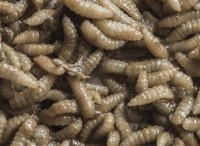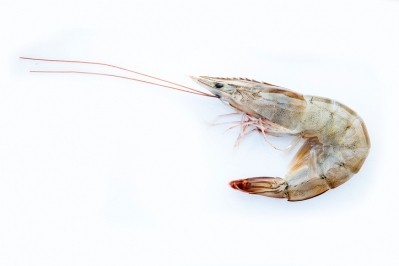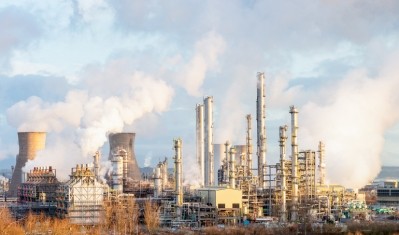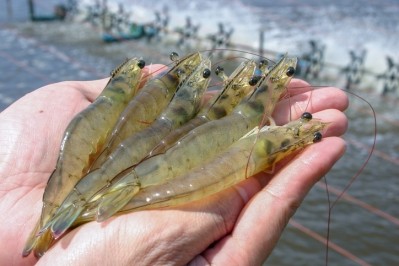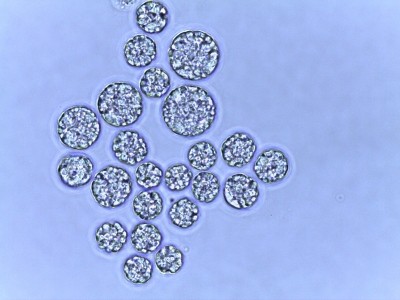Cargill sees an expansion of its functional fish feed portfolio globally, BioMar evaluating novel proteins
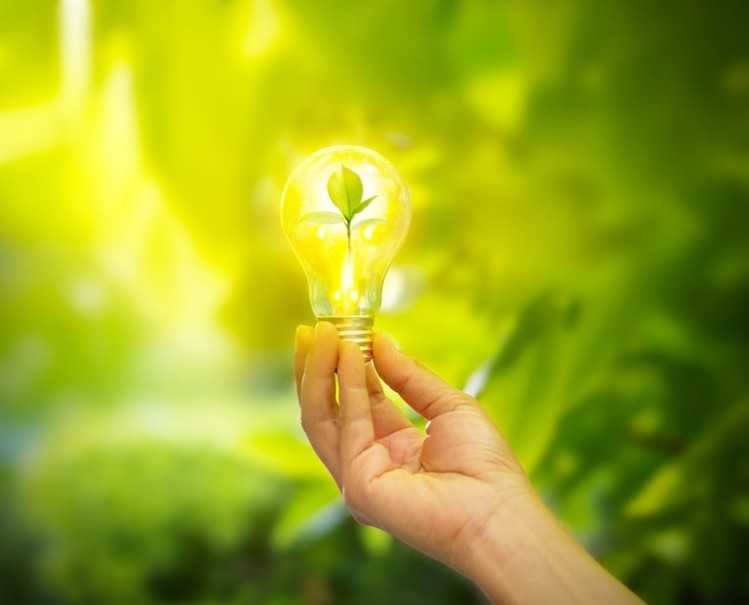
“Improved salmon feeds are helping customers to meet health challenges, and the concept of functional feeds is rapidly gaining support in shrimp farming. In 2017, 13% of our total feed sales supported fish health, enabling farmers to reduce reliance on medications, including antibiotics, and maintain the health and welfare of their stocks,” noted Cargill Aqua Nutrition president, Einar Wathne, as the fish feed division released a taster of its sustainability report 2017.
Cargill acquired EWOS in 2015, and the company said it subsequently looked to raise its game in terms of sustainability coverage in relation to its fish feed business. It broadened its scope last year to include all 17 of Cargill Aqua Nutrition’s feed mill facilities in 12 countries, comprising around 80% of Cargill’s aqua feed production footprint – the remainder coming from multi-purpose mills.
After more than a decade of reporting on the sustainability of its salmon feed, it said it now addresses feed for shrimp, tilapia and over 30 other species.
It said that some 700 if its raw material suppliers are signed up to the Cargill Aqua Nutrition Supplier Code of Conduct, which sets out what it expects of those contractors in terms of a range of environmental and social impact parameters.
It noted that 29 of the 120 fisheries it sources from globally have Marine Stewardship Council (MSC) certification. An additional 24 are working towards this, it added.
Raw materials count for more than 85% of Cargill Aqua Nutrition’s environmental footprint. Manufacturing fish feed produced an average of 65kg CO2eq/ton in 2017, but the company stressed that it recycles 70% of the waste associated with fish feed production. Cargill said it is working with its fish feed raw material providers to address the challenges, focusing particularly on marine ingredients, soy and palm oil.
It also reported that nearly 30% of the raw materials it used to make fish feeds in 2017 were by-products from agricultural, industrial or food processes.
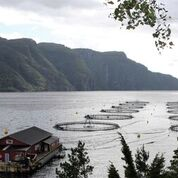
It said it is developing novel raw materials and tools that enable it to widen its raw materials basket; it has been an active investor in Calysta’s methane gas to feed protein production, with the first industrial scale plant for that product set to come on stream in the US in 2019.
Cargill said it wants to reduce its dependence on marine raw materials and increase resource efficiency to reduce the impact of aquaculture on global water systems.
Globally the growth rate of fish farming has exceeded 6% CAGR since 2005, but local growth can be much greater, said Cargill. The largest expansion in production has been in Asia, as farming practices have moved towards systems that are more intensive.
BioMar weighing up fishmeal and soy alternatives
Meanwhile, Danish fish feed manufacturer, BioMar, is exploring bioproteins, among other new protein technologies, for fish feed.
A lot of development work is being done or has been done worldwide on both new protein raw materials for livestock and fish diets and on alternatives to marine derived essential fatty acids, EPA and DHA.
“We are involved in a number of different projects in relation to new protein sources, we are watching developments closely. A lot of the technology has evolved,” said Morten Holdorff Møjbæk, global sourcing director, BioMar.
He said that 10 to 15 years back, BioMar would have, like other companies, used a lot more fishmeal in its formulations. Plant proteins have replaced much of that.
“Vegetable proteins are still a focus area for us. I do not think we are done yet in terms of improvements to vegetable proteins. We could take it one step further - rapeseed or sunflower meal could be further concentrated, for example, to make us less dependent on soy,” he told FeedNavigator last week.
Nevertheless, he is optimistic that novel sources of protein will play a larger role in the future, perhaps even, within the next five years.
A drawback, evidently, is that fact that many of alternatives to fishmeal or soy from single cell technologies to insect meal are not yet at commercial scale, said Holdorff Møjbæk.
“We haven’t decided on any one technology or partner yet. We have not determined which one we are going with for the future. We are simply weighing them all up, evaluating any products we can."
However, he said it is difficult to determine the real value of any novel protein before there are commercial quantities available and market prices established.
It is the classic chicken and egg situation - who should make the move in order to get alternative proteins to scale, he asked.
“We are not saying ‘yes, we would use this in large volumes’ in regard to any one novel protein yet.
“Some companies want the feed industry to take a big risk here, but we need more documentation, proof a novel protein source would work in our formulations.”
However, he said it is beholden on the industry to evaluate new protein technologies beyond moments of crisis, in other words not only act when fishmeal is scarce and prices high, he said. “Cost should not be the only focus for fish farmers; they should look at ways to drive sustainability improvements long-term in relation to fish feed formulations.”
The company is investigating the potential for insect meal.
“It is an interesting new raw material. Insect derived protein is very good. It is easy to work with.”
However, he noted restrictions to market growth in relation to insect production in the EU, for instance, on the basis that only plant based substrates are allowed to be used to rear the larvae.
“It would be more sustainable if insects could be grown on waste based material. There is something not quite adding up [in relation to feedstocks for insects] and sustainability is very important to us,” explained Holdorff Møjbæk.
However, he stressed there needs to be a long-term perspective on this from all stakeholders.
He said one of the big benefits of single cell production is their scalability. “We are using a lot of raw materials in the aqua feed business; scalability is important for us."
Moreover, he said single cell proteins can be sustainable “if produced in the right way.”
Within the next five years, especially with commercial scale product coming on stream from Calysta next year, he believes supply of this kind of protein raw material could expand.
In terms of existing, but underutilized protein raw materials, he said processed animal proteins (PAPs) are a good protein source for salmon diets.
“They have a good sustainability profile but we see consumer resistance. Supply is not very large and scalabilty is not great as they are byproducts."
